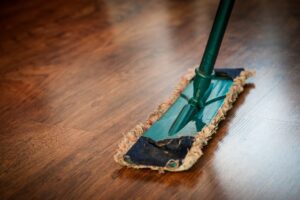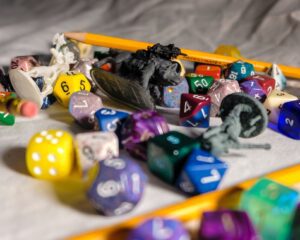Several years ago, we discovered that although my husband is sensitive to gluten, he is fine when I cook with sprouted wheat flour. Great! Because…
I don’t know if these are actual Mrs. Field’s oatmeal chocolate chip cookies or not. My guess is they were probably some kind of dupe…
What’s one of the most significant lies cultures tell homemakers? Developing a cleaning routine is simple and easy to stick to. Am I right? But…
Whether it is a lockdown, extended school break, or the kids keep passing around that never-ending upchuck-a-thon stomach bug, zoning your home will save your…




